Home>Furniture & Design>Outdoor Furniture>How To Tile An Outdoor Table
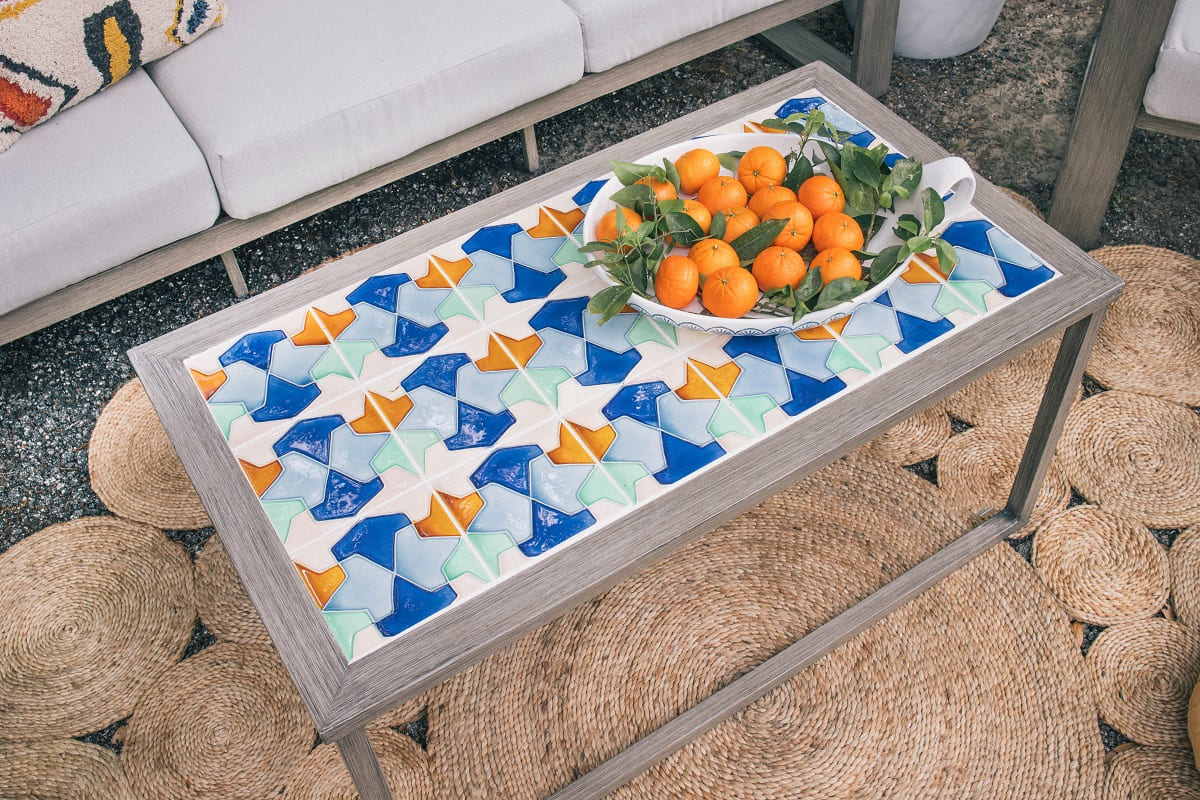

Outdoor Furniture
How To Tile An Outdoor Table
Modified: January 20, 2024
Learn how to tile an outdoor table with our comprehensive guide. Elevate your outdoor furniture and design with this DIY project. Step-by-step instructions for a stunning result.
(Many of the links in this article redirect to a specific reviewed product. Your purchase of these products through affiliate links helps to generate commission for Storables.com, at no extra cost. Learn more)
Introduction
Creating a stunning outdoor space often involves a blend of functionality and aesthetics. One way to elevate the appeal of your outdoor furniture is by tiling a table. This DIY project not only adds a personal touch to your outdoor decor but also allows for customization that perfectly complements your design preferences. Whether you're revamping an old table or personalizing a new one, tiling can breathe new life into your outdoor furniture.
Tiling an outdoor table is a creative venture that offers a myriad of design possibilities. From mosaic patterns to sleek, modern designs, the options are virtually limitless. Moreover, the durability and resilience of tiled surfaces make them ideal for outdoor use, standing up to the elements and frequent use with ease. By embarking on this project, you can infuse your outdoor space with a touch of elegance while ensuring that your table is equipped to withstand the rigors of outdoor living.
In this guide, we will walk you through the process of tiling an outdoor table, from preparing the surface to sealing the finished product. With the right materials, tools, and a bit of patience, you can transform a plain outdoor table into a stunning focal point that reflects your personal style. Let's dive into the step-by-step process of bringing your vision to life.
Key Takeaways:
- Transform your outdoor table into a stunning masterpiece by tiling it with durable and weather-resistant materials, adding a personal touch to your outdoor decor while ensuring longevity and resilience.
- From meticulous preparation to precise placement and expert grouting, tiling an outdoor table is a rewarding DIY project that infuses creativity and craftsmanship into your outdoor living space.
Read more: How To Lay Outdoor Tiles
Materials and Tools
Before embarking on the tiling process, it’s essential to gather the necessary materials and tools to ensure a smooth and efficient project. Here’s a comprehensive list of what you’ll need:
- Table: Select a sturdy outdoor table that suits your preferences in terms of size and shape. Ensure that the table’s surface is smooth and free of any existing tiles or debris.
- Tiles: Choose tiles that are designed for outdoor use and are capable of withstanding varying weather conditions. Consider the design and color scheme you desire to complement your outdoor space.
- Tile Adhesive: Opt for a high-quality outdoor tile adhesive that provides strong adhesion and is suitable for the specific type of tiles you’ve selected.
- Grout: Select outdoor grout that is resistant to moisture and is formulated for exterior applications. The color of the grout should complement your chosen tiles.
- Sealer: Invest in a durable outdoor sealer to protect the tiles and grout from moisture, UV exposure, and stains.
- Notched Trowel: A notched trowel is essential for spreading the adhesive evenly on the table’s surface.
- Tile Spacers: These small, plastic spacers help maintain consistent spacing between the tiles for a professional finish.
- Tile Cutter or Wet Saw: Depending on the complexity of your design, you may need a tile cutter or wet saw to make precise cuts on the tiles.
- Grout Float: A grout float is used to apply and pack the grout into the spaces between the tiles.
- Bucket and Sponge: These are essential for cleaning the tiles and grout during and after the installation process.
- Protective Gear: Equip yourself with safety glasses, gloves, and a dust mask to ensure personal safety during the tiling process.
By gathering these materials and tools, you’ll be well-prepared to embark on the exciting journey of transforming your outdoor table into a stunning tiled masterpiece.
Preparing the Table Surface
Before diving into the tiling process, it’s crucial to prepare the table’s surface to ensure optimal adhesion and a flawless end result. Follow these steps to prepare the table for tiling:
- Clean the Surface: Thoroughly clean the table’s surface to remove any dirt, dust, or debris. Use a mild detergent and water to wipe down the entire surface, ensuring that it is free of any substances that could hinder the adhesion of the tiles.
- Smooth Imperfections: Inspect the table’s surface for any imperfections or rough areas. Sand down any rough patches and fill in any visible cracks or holes with wood filler. Once the filler has dried, sand the surface again to achieve a smooth, even base for the tiles.
- Apply Primer (If Necessary): Depending on the material of the table’s surface, you may need to apply a primer to promote better adhesion of the tile adhesive. Follow the manufacturer’s instructions when applying the primer and allow it to dry completely before proceeding.
- Plan the Layout: Determine the layout of the tiles on the table’s surface. Consider the size and shape of the table, as well as any specific design or pattern you wish to achieve. Use a pencil and ruler to mark guidelines on the table, ensuring that the tiles will be aligned and spaced evenly.
By meticulously preparing the table’s surface, you’ll create an ideal foundation for the tiling process. Proper preparation is key to achieving a professional-looking result that will enhance the aesthetic appeal of your outdoor table.
Applying the Adhesive
Once the table surface is meticulously prepared, the next step is to apply the adhesive that will secure the tiles in place. Proper application of the adhesive is crucial for ensuring the longevity and stability of the tiled surface. Follow these steps to apply the adhesive:
- Mix the Adhesive: Follow the manufacturer’s instructions to mix the outdoor tile adhesive in a clean bucket. Use a drill with a mixing attachment to achieve a smooth, lump-free consistency.
- Apply the Adhesive: Using a notched trowel, spread the adhesive evenly over a small section of the table’s surface. Hold the trowel at a 45-degree angle to create ridges in the adhesive, which will facilitate strong adhesion of the tiles.
- Work in Sections: It’s advisable to work in small sections to ensure that the adhesive does not dry out before the tiles are placed. This approach allows for greater precision and control during the tiling process.
- Adhere to Guidelines: Follow the layout guidelines that you marked on the table’s surface, pressing the tiles firmly into the adhesive. Use tile spacers to maintain consistent spacing between the tiles as you work.
- Check for Evenness: Use a level to ensure that the tiles are being set evenly and are aligned with the marked guidelines. Make any necessary adjustments to the tile placement before the adhesive sets.
- Allow for Drying Time: Once the tiles are in place, allow the adhesive to dry according to the manufacturer’s instructions. This drying period is crucial for ensuring the stability and permanence of the tiled surface.
By diligently following these steps, you’ll effectively apply the adhesive, setting the stage for the placement of the tiles. The careful application of the adhesive is essential for achieving a professional and long-lasting tiled outdoor table.
Before tiling an outdoor table, make sure the surface is clean and dry. Use outdoor-rated adhesive and grout to prevent damage from weather. Apply a sealant to protect the tiles from the elements.
Placing the Tiles
With the adhesive applied and cured, it’s time to embark on the exciting phase of placing the tiles on the table’s surface. This step allows you to witness your vision taking shape as the tiles come together to form a stunning design. Follow these steps to ensure a seamless and visually appealing placement of the tiles:
- Begin at the Center: Start placing the tiles at the center of the table and work your way outward. This approach ensures that the tiles are aligned and centered, creating a balanced and cohesive visual effect.
- Press Firmly: As you place each tile, press it firmly into the adhesive to ensure a strong bond. Pay attention to the spacing between the tiles, using the tile spacers to maintain consistent gaps for grouting.
- Make Precise Cuts: If your design requires tiles to be cut to fit the edges or corners of the table, use a tile cutter or wet saw to make precise cuts. Measure carefully and use a straight edge to guide the cutting tool for accuracy.
- Check Alignment: Periodically check the alignment and spacing of the tiles to ensure that the design is progressing as intended. Make any necessary adjustments to maintain a uniform and visually pleasing layout.
- Admire the Progress: As the tiles are placed, take a moment to admire the evolving design. Visualize how the completed project will enhance your outdoor space and create a captivating focal point.
Placing the tiles is a gratifying stage of the tiling process, allowing you to witness the transformation of your outdoor table firsthand. By following these steps with care and precision, you’ll bring your envisioned design to life, setting the stage for the final steps of grouting and sealing.
Read more: How To Clean Outdoor Tiles
Grouting the Tiles
Once the tiles are securely in place, the next crucial step is grouting, which not only enhances the visual appeal of the tiled surface but also ensures the stability and longevity of the installation. Follow these steps to expertly grout the tiles on your outdoor table:
- Mix the Grout: Prepare the outdoor grout according to the manufacturer’s instructions, ensuring a smooth and lump-free consistency. Use a grout float to achieve the desired texture and workability.
- Apply the Grout: Using the grout float, spread the grout over the tiled surface, pressing it into the spaces between the tiles. Work at a 45-degree angle to ensure thorough coverage and to pack the grout firmly into the gaps.
- Remove Excess Grout: After applying the grout, use the edge of the grout float to scrape off the excess grout from the surface of the tiles. Hold the float at a 90-degree angle and use diagonal strokes to remove the surplus grout while leaving the gaps filled.
- Clean the Tiles: Once the excess grout is removed, use a damp sponge to gently clean the tiles, wiping away any grout residue from the surface. Rinse the sponge frequently and change the water as needed to ensure thorough cleaning.
- Final Cleaning: After the initial cleaning, allow the grout to set for the time recommended by the manufacturer. Once it begins to dry, use a clean, dry cloth to buff away any remaining haze from the tiles, revealing their natural luster.
Grouting the tiles is a pivotal step that not only completes the visual appeal of the tiled surface but also ensures the structural integrity of the installation. By meticulously following these steps, you’ll achieve a beautifully grouted outdoor table that is ready for the final phase of sealing.
Sealing the Table
After the grout has fully set and any residual haze has been removed, the final step in tiling an outdoor table is to apply a protective sealant. Sealing the table not only enhances the appearance of the tiles but also safeguards them against moisture, UV exposure, and stains, ensuring that your outdoor table remains vibrant and resilient. Follow these steps to effectively seal the tiled surface:
- Select the Sealer: Choose a high-quality outdoor sealer that is specifically formulated for the type of tiles you’ve used and is suitable for exterior applications. Consider factors such as durability, UV resistance, and ease of application when selecting the sealer.
- Apply the Sealer: Using a clean, soft brush or roller, apply the sealer evenly over the entire tiled surface. Work in small sections to ensure thorough coverage and to prevent the sealer from drying too quickly.
- Allow for Absorption: After applying the sealer, allow it to be absorbed into the tiles and grout as per the manufacturer’s instructions. This absorption period is crucial for the sealer to penetrate and fortify the tiled surface effectively.
- Wipe Excess Sealer: Once the absorption period has elapsed, use a clean, dry cloth to wipe away any excess sealer from the surface of the tiles. Ensure that the tiles are free of any residual sealer, leaving behind a smooth and uniform finish.
- Final Cure Time: Allow the sealed table to cure for the recommended duration before placing any objects on its surface or exposing it to outdoor elements. This curing period is essential for the sealer to fully bond with the tiles and grout, providing long-lasting protection.
By diligently sealing the table, you’ll fortify the tiled surface against environmental factors and preserve its visual allure for years to come. The sealing process represents the final touch that elevates your outdoor table into a durable and captivating centerpiece of your outdoor living space.
Conclusion
Tiling an outdoor table is a rewarding endeavor that allows you to infuse your personal style into your outdoor living space while enhancing the functionality and visual appeal of your furniture. By following the step-by-step process outlined in this guide, you can transform a plain outdoor table into a stunning centerpiece that reflects your creativity and attention to detail.
From meticulously preparing the table’s surface to placing the tiles with precision and grouting them to perfection, each step contributes to the creation of a durable and visually captivating tiled surface. The final touch of sealing the table ensures that your outdoor furniture is equipped to withstand the elements and maintain its beauty for years to come.
Whether you opt for a sleek, modern design or a vibrant mosaic pattern, the versatility of tiling allows you to tailor the project to your unique preferences, resulting in a one-of-a-kind outdoor table that complements your outdoor decor. The durability and resilience of tiled surfaces make them an ideal choice for outdoor furniture, offering both aesthetic appeal and practical functionality.
Embarking on the journey of tiling an outdoor table not only adds a personal touch to your outdoor space but also provides a sense of accomplishment as you witness the transformation of a plain table into a work of art. The project serves as a testament to your creativity and dedication to enhancing your outdoor living environment.
As you admire the completed outdoor table, take pride in the craftsmanship and attention to detail that have culminated in a stunning addition to your outdoor decor. Whether you’re hosting gatherings, enjoying meals al fresco, or simply relaxing in your outdoor sanctuary, the tiled table will serve as a focal point that embodies your unique style and enhances the ambiance of your outdoor space.
By embracing the art of tiling, you’ve not only created a beautiful outdoor table but also embarked on a journey of self-expression and creativity, leaving a lasting imprint on your outdoor living space.
Frequently Asked Questions about How To Tile An Outdoor Table
Was this page helpful?
At Storables.com, we guarantee accurate and reliable information. Our content, validated by Expert Board Contributors, is crafted following stringent Editorial Policies. We're committed to providing you with well-researched, expert-backed insights for all your informational needs.
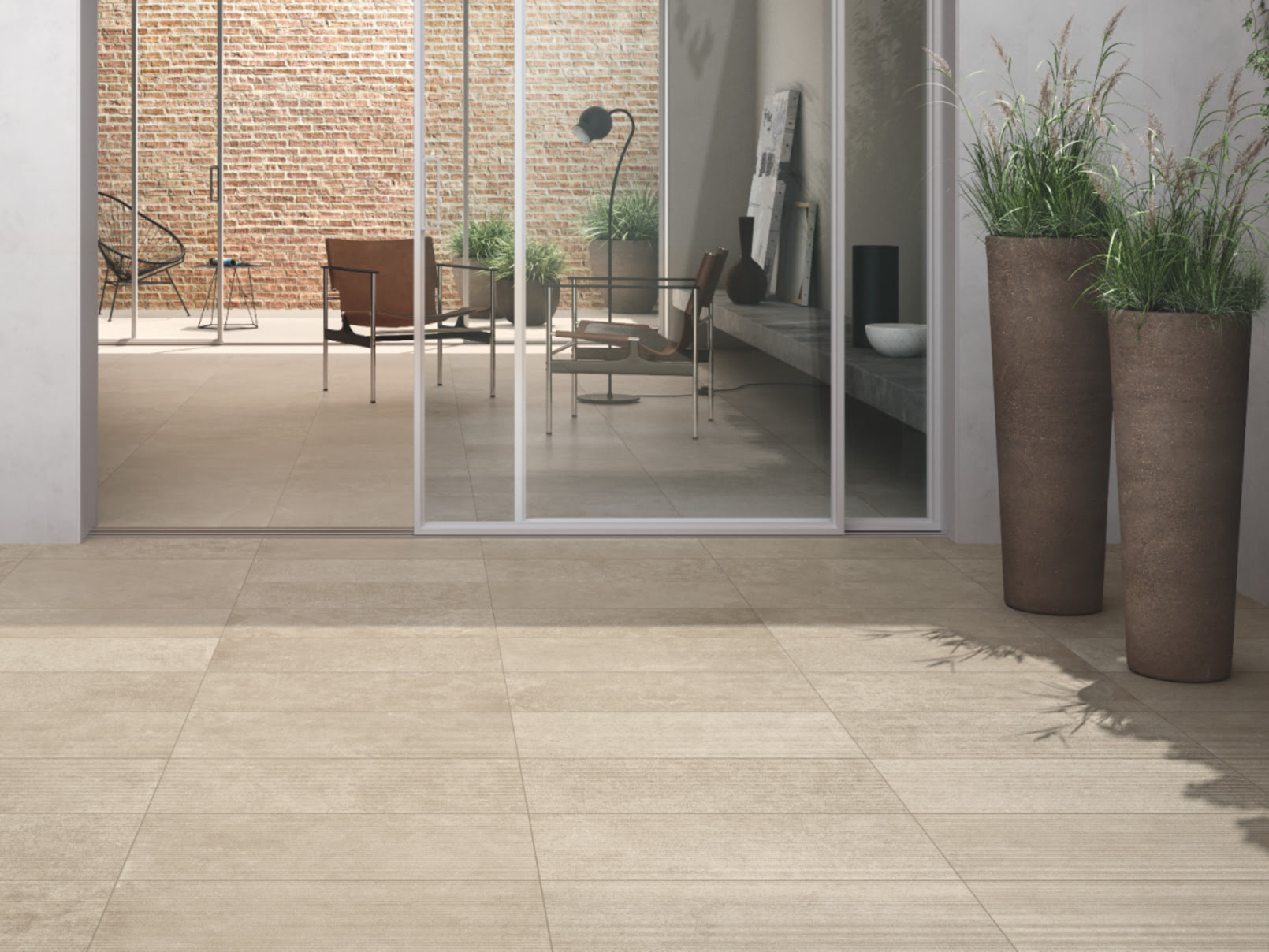
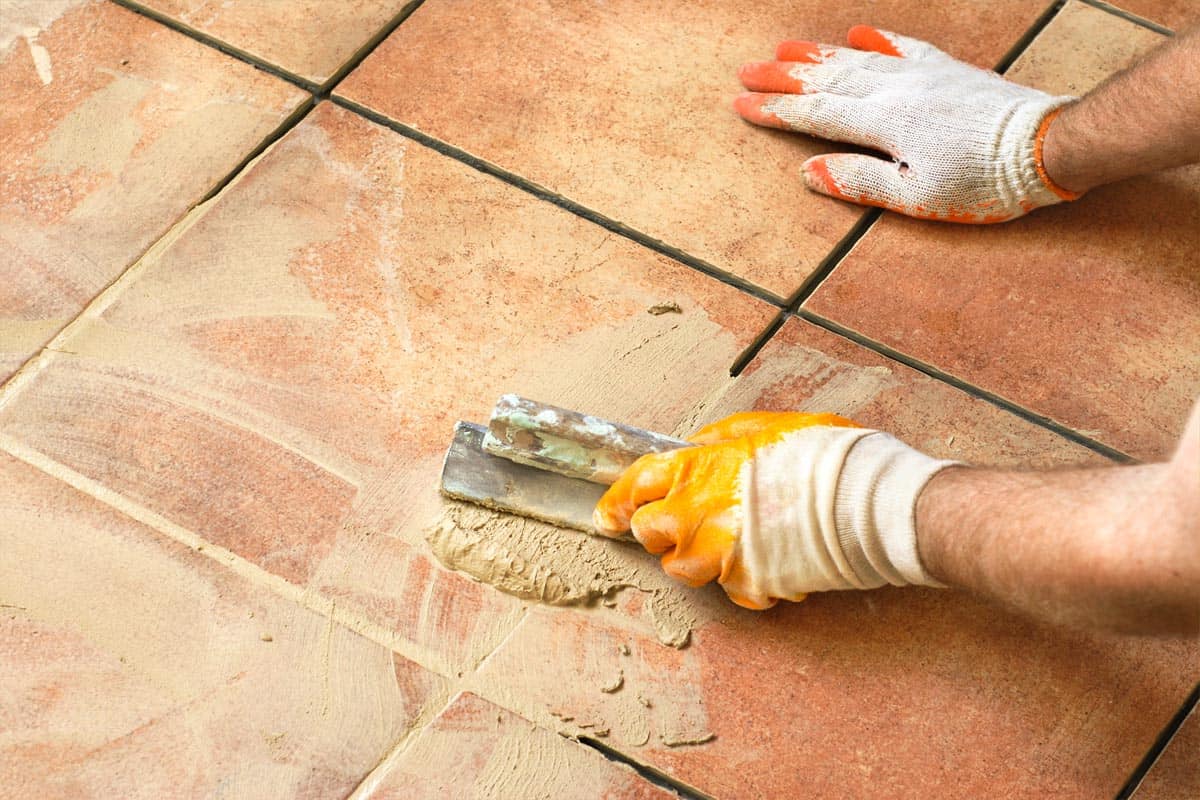
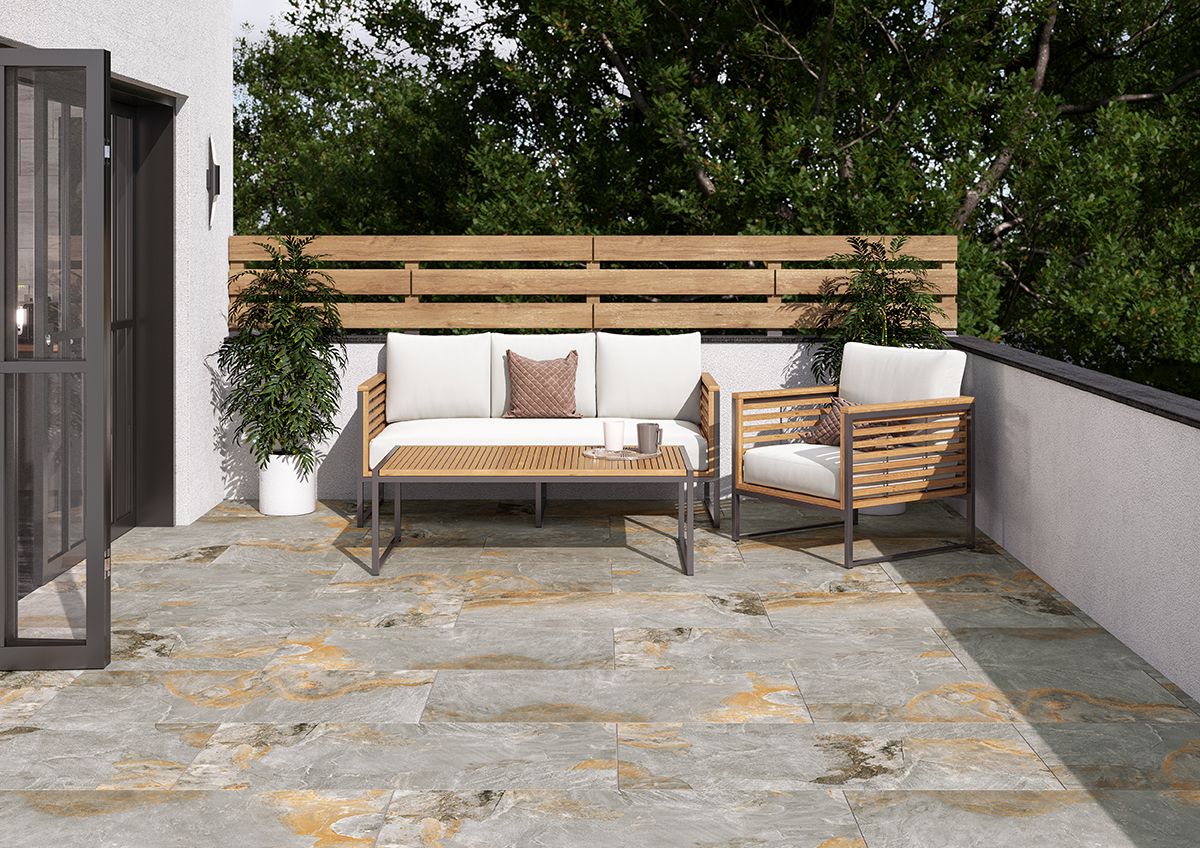
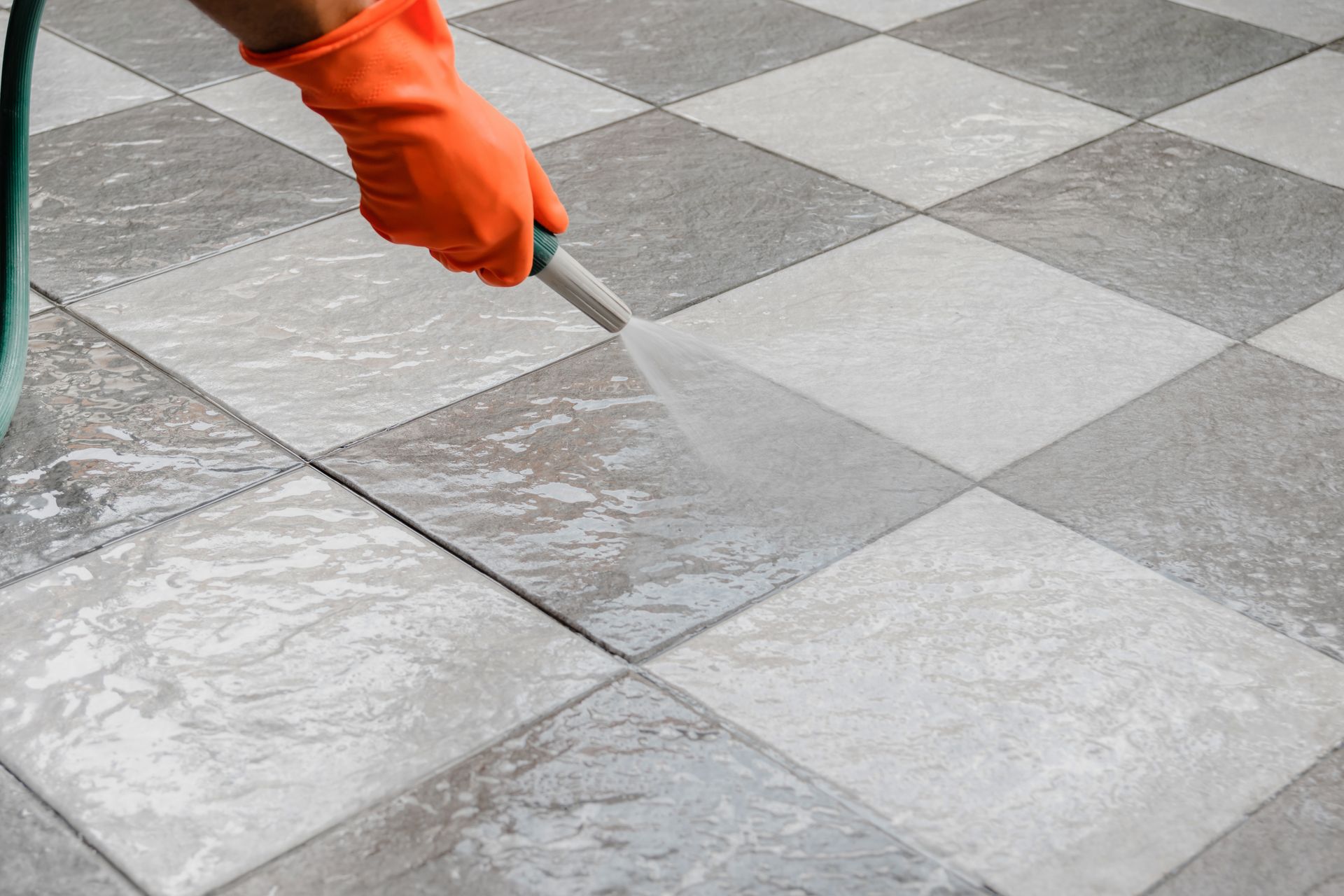
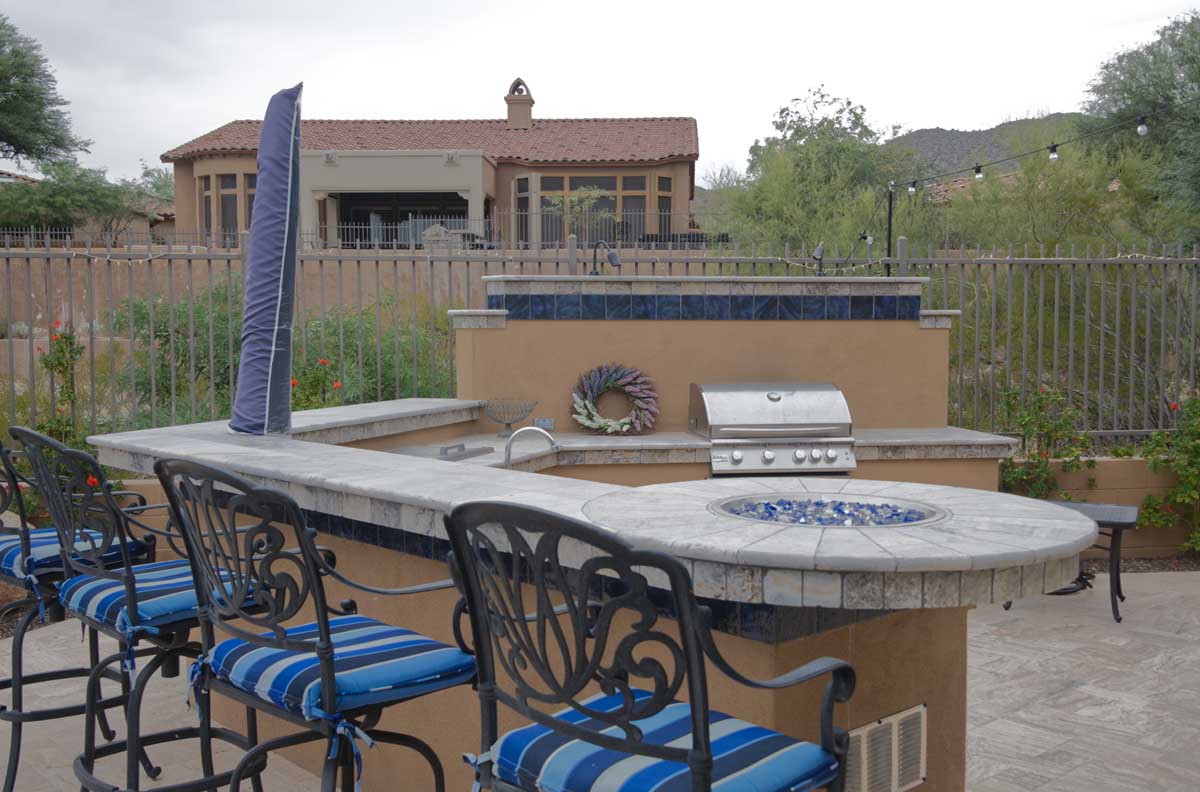
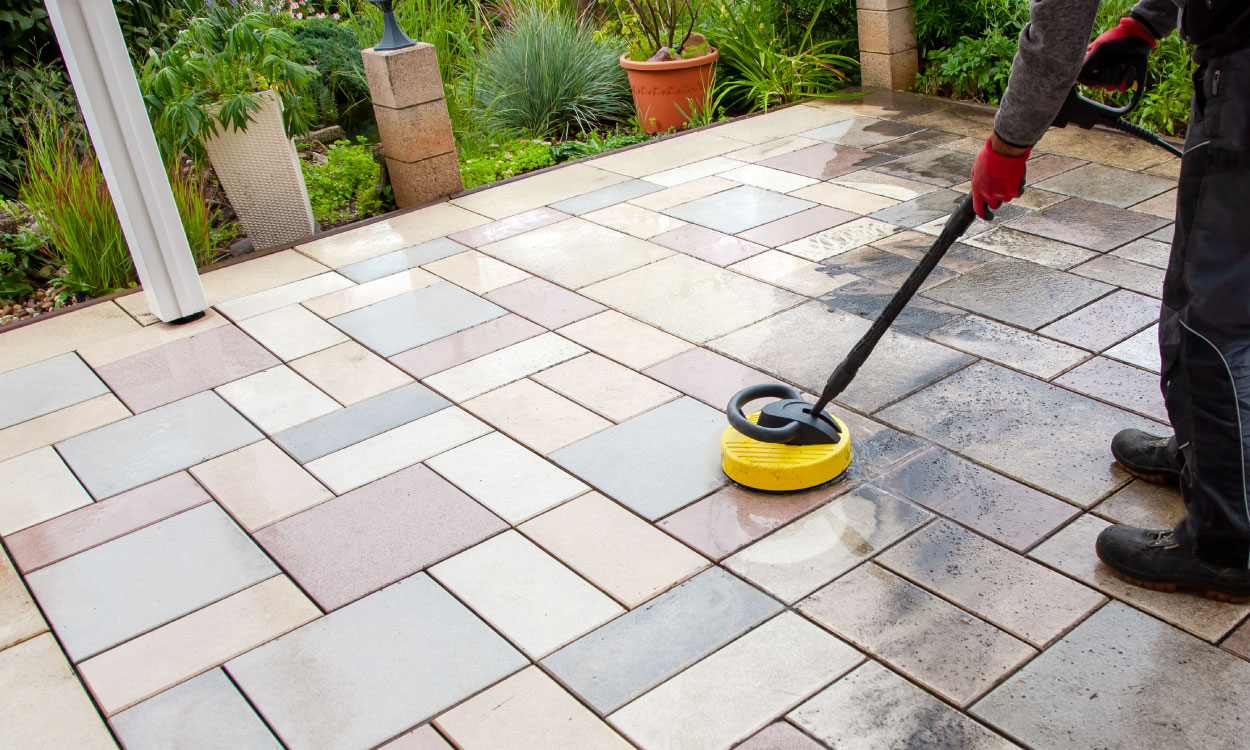
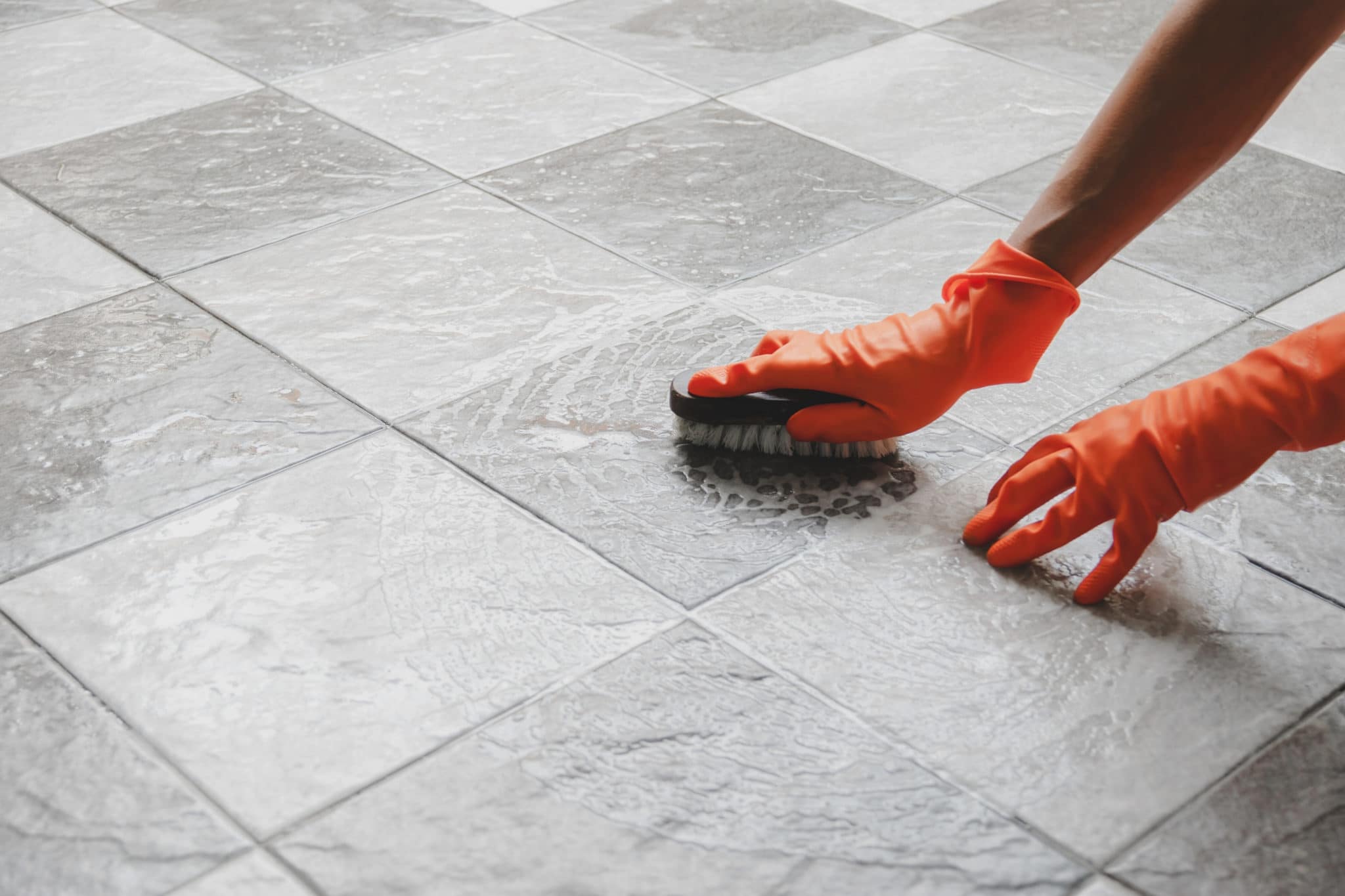
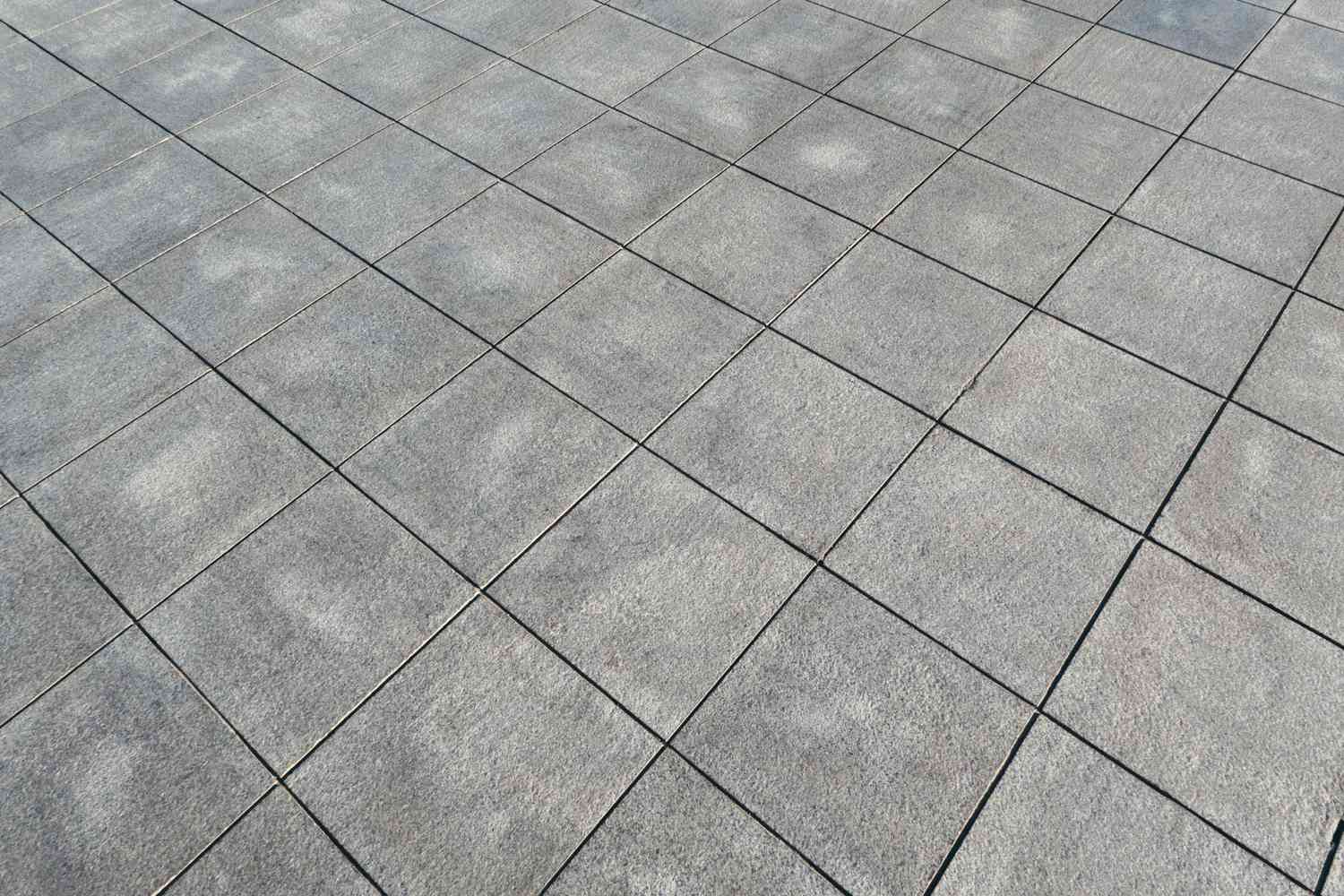
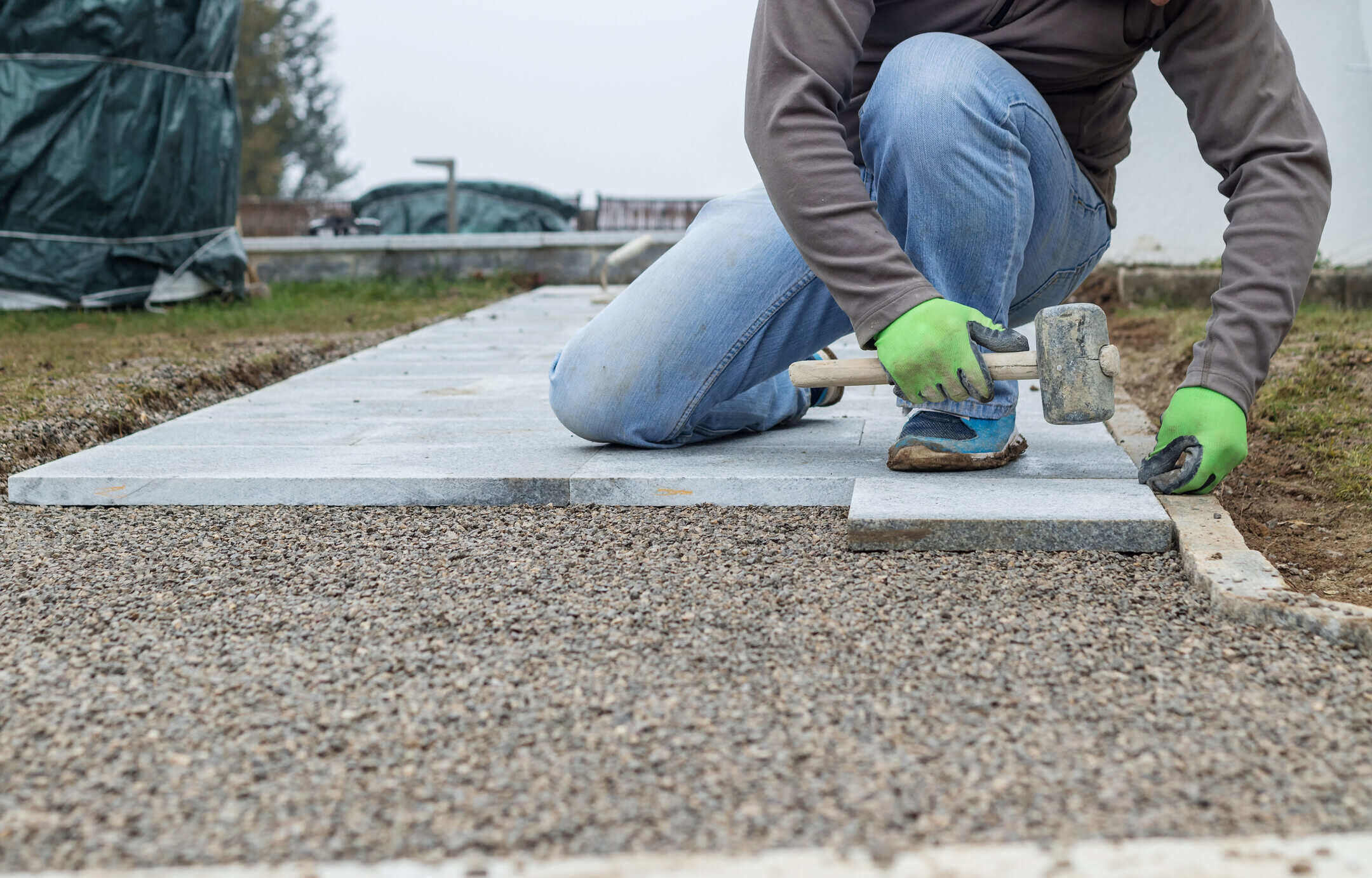
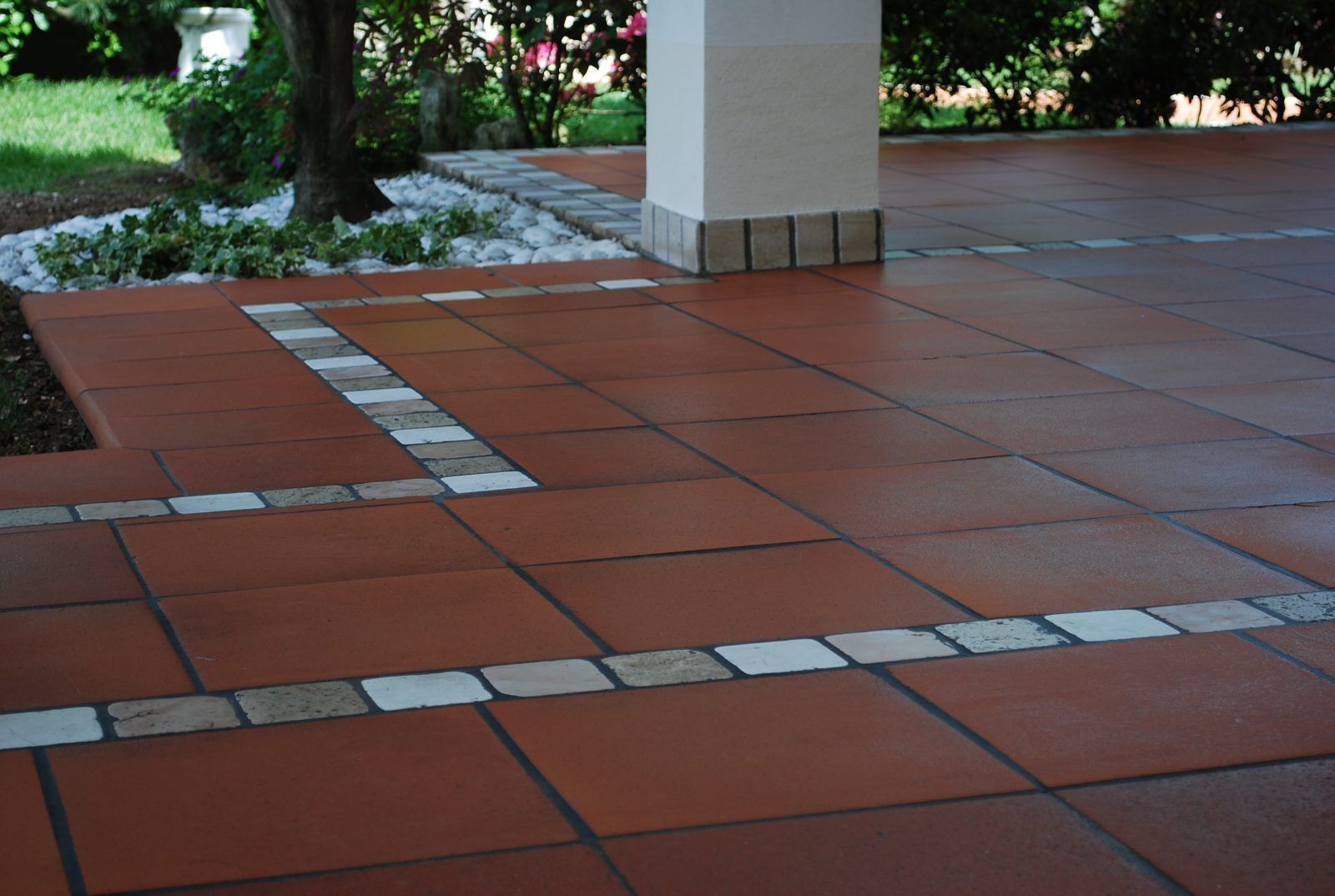
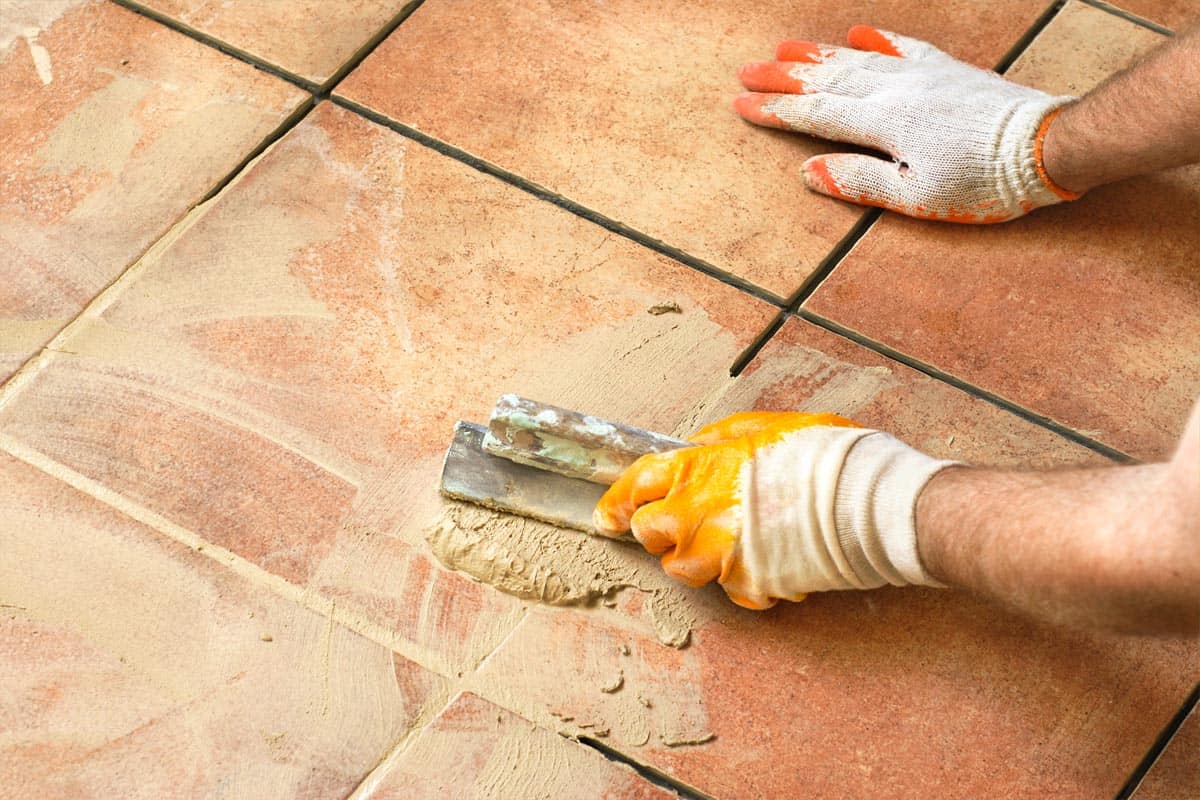
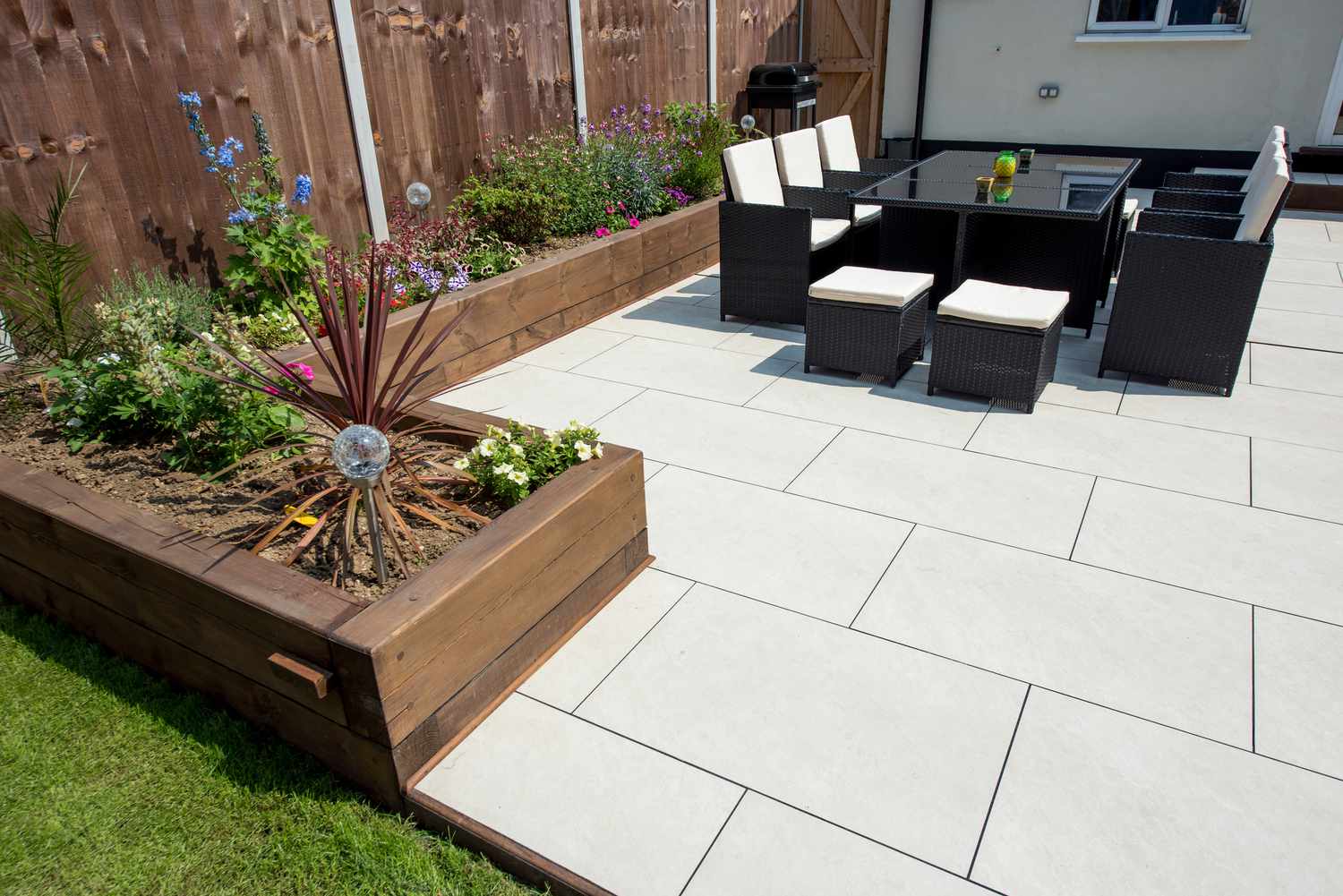
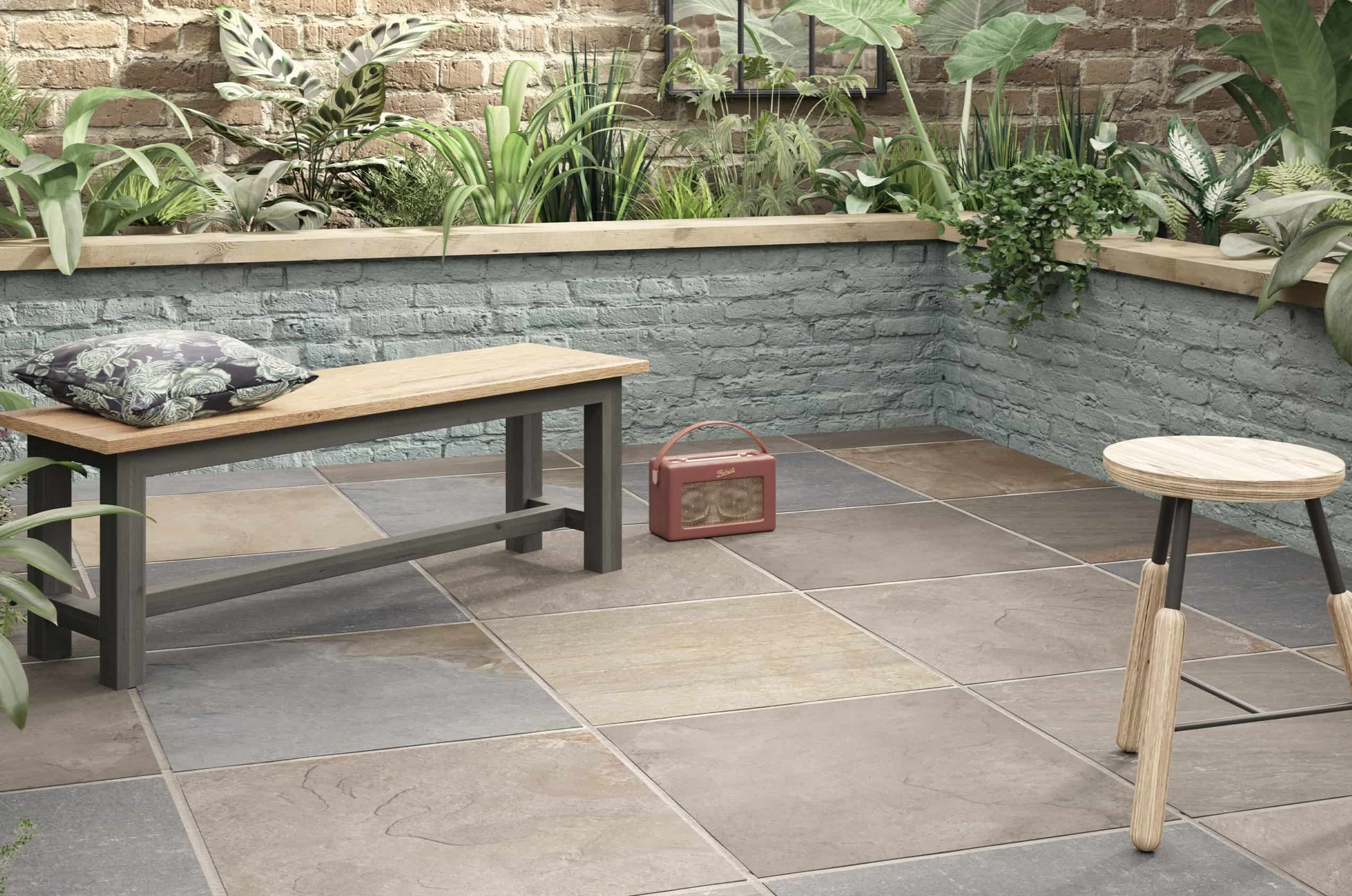
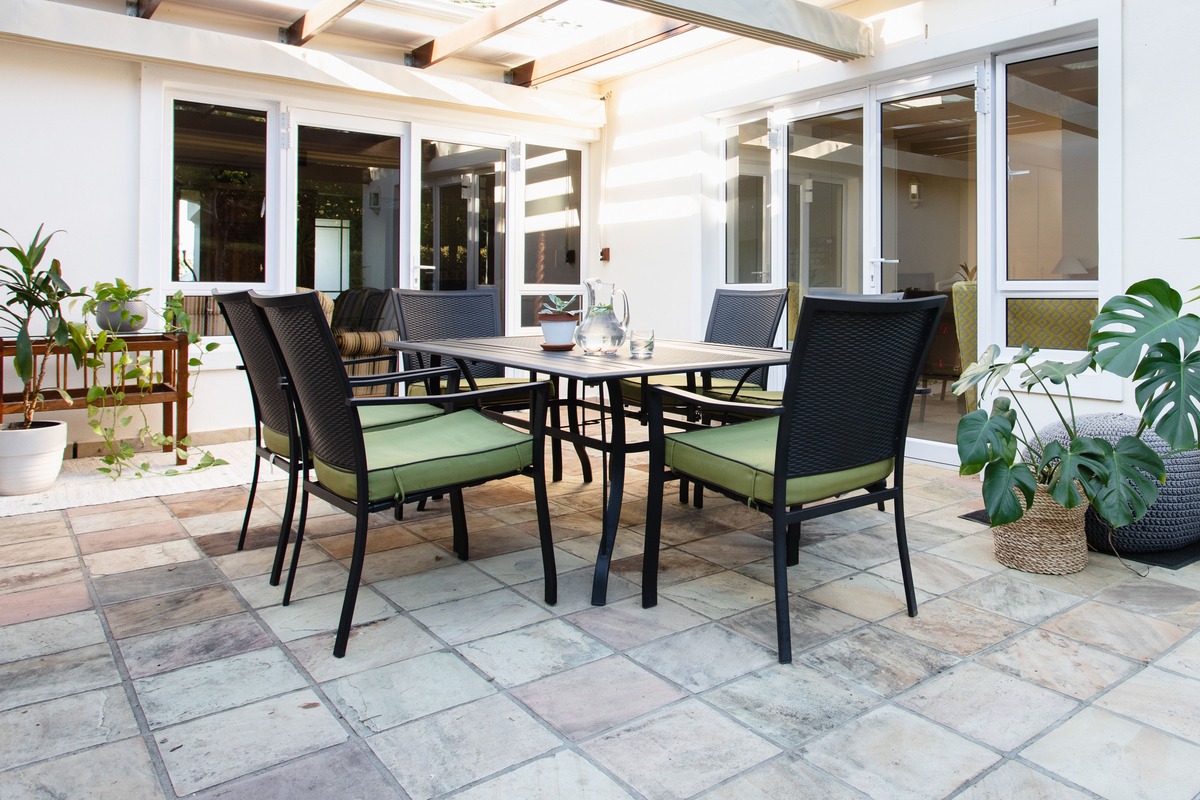

0 thoughts on “How To Tile An Outdoor Table”